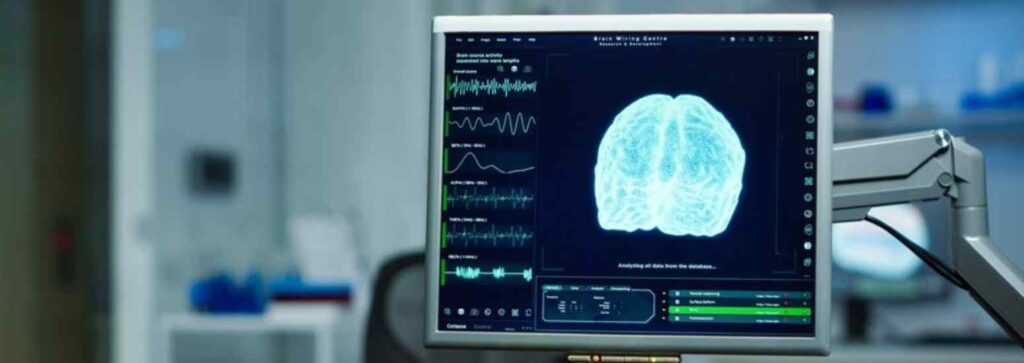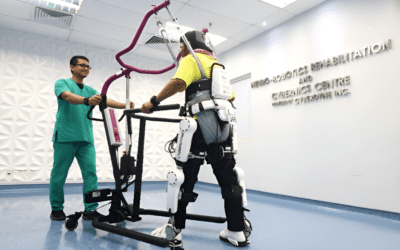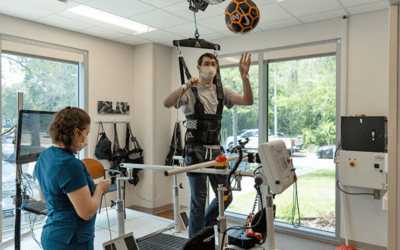Brain-computer interfaces are a new form of communication that doesn’t rely on muscle control. This technology has great promise for enabling ALS patients to interact with their surroundings and is also used in stroke rehabilitation. This article covers the introduction of the topic, its application and leading players in the market.
Brain-computer interfaces (BCIs) are a groundbreaking method of communication that operates independently of voluntary muscle control. This advancement shows excellent promise in enabling locked-in patients, including those with amyotrophic lateral sclerosis, to interact with their surroundings and benefit from stroke rehabilitation. This comprehensive article thoroughly reviews the latest BCI technology and delves into pressing research questions.
How does it connect between the human brain and computers?

The goal now is to design the technology for portability, biocompatibility, and application safety so that it can be implanted into the human brain.
Scientists need to demonstrate the effectiveness and safety of the device in an animal model of a disease such as Parkinson’s and then explain it to affected individuals,
Paralysed people can move limbs or control a mouse cursor using their thoughts thanks to brain-computer interfaces. In most cases, this requires signals from inside the brain, so the skullcap has to be opened. Even if the electrodes are fine, they can damage brain tissue; sometimes, inflammatory reactions reduce the recording quality.
What are the most common Brain Stimulation techniques and methods?
Brain stimulation techniques are being used to treat conditions like depression, chronic pain, and movement disorders.
- One method involves using electrical impulses to stimulate specific areas in the brain, which has shown promise in treating Parkinson’s disease and essential tremors.
- Other techniques aim to improve brain function by modifying neuronal activity.
These methods have the potential to revolutionise the treatment of neurological and psychiatric disorders, but more research is needed to fully understand how they work and ensure they are used safely and responsibly. Overall, brain stimulation offers exciting opportunities for understanding and improving brain function, leading to potential future advances in neuroscience and clinical practise.

How Brain Computer Interface is used for Neurorehabilitation?
Technological advancements in brain signal analysis and computing technology have enabled individuals with severe motor disabilities to utilise their brain signals for communication and object control, bypassing their impaired neuromuscular system.
Non-invasive EEG-based BCI tech can control a computer cursor or limb orthosis for tasks like word processing and internet access, providing independence and improving the lives of individuals with severe neurological disorders such as advanced ALS.
Who are the key players in the Brain Computer Interface for Neurorehabilitation?
BCI technology players are mindBEAGLE, CortiQ, Neurobots, G-Tech, and g. BCisys could help restore effective motor control to individuals after stroke or other brain disorders by using EEG brain signals to guide brain plasticity.
BCIs can enhance rehabilitation by using brain signals to supplement impaired muscle control, thus improving the patient’s muscle control.
To learn more about Brain-Computer Interface and Neuromodulation Techniques trends in Malaysia, please write us info@rehabmodalities.com



